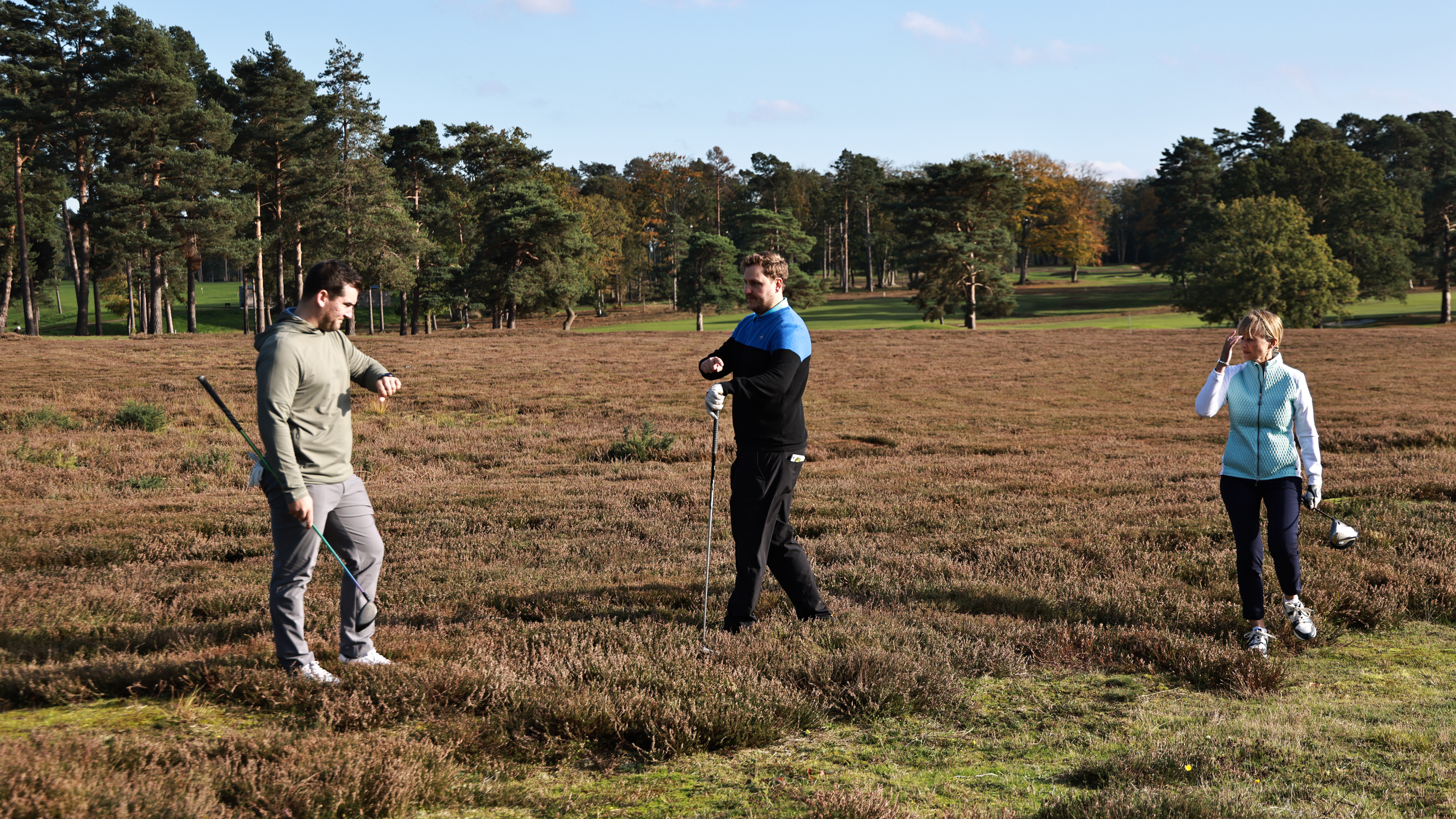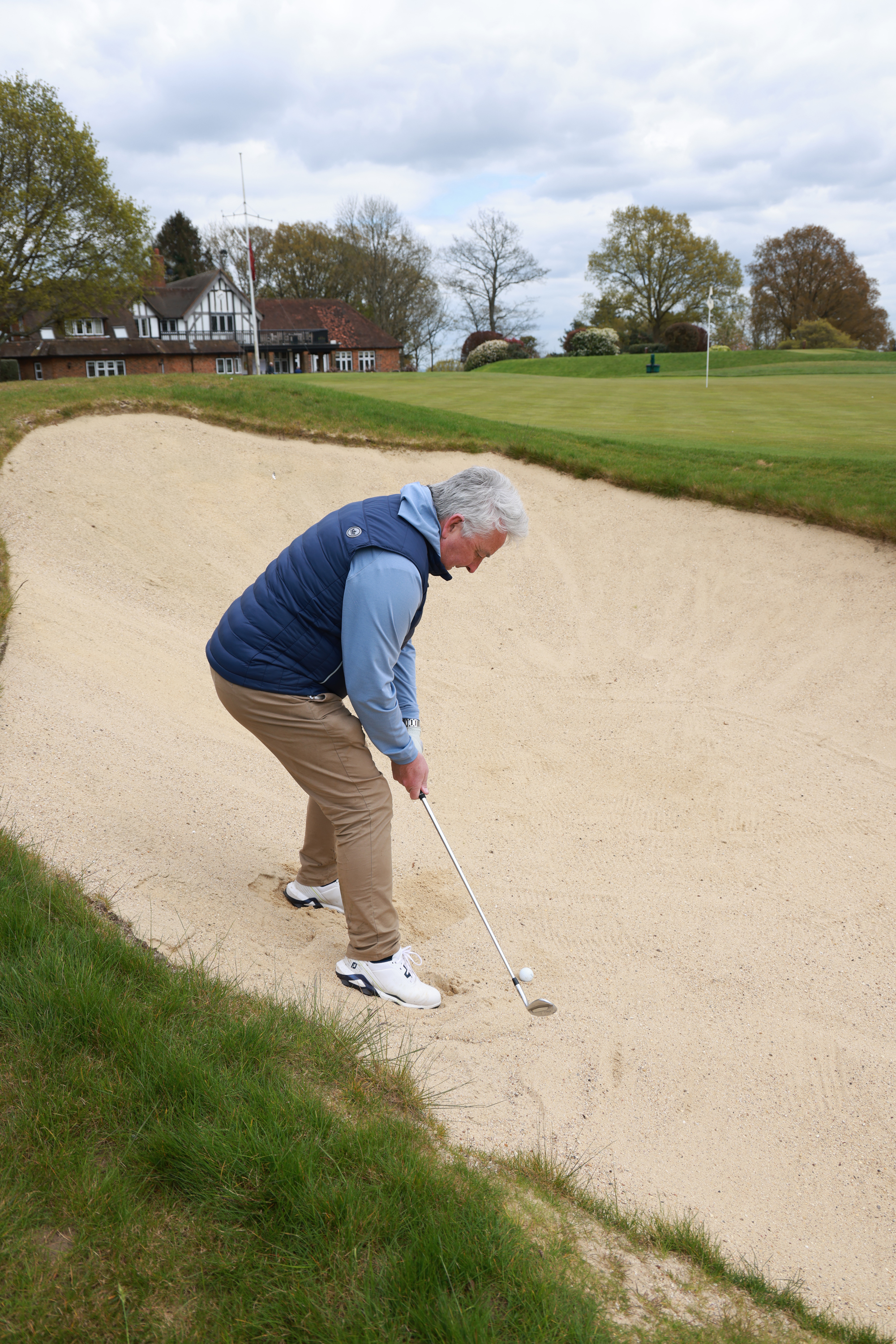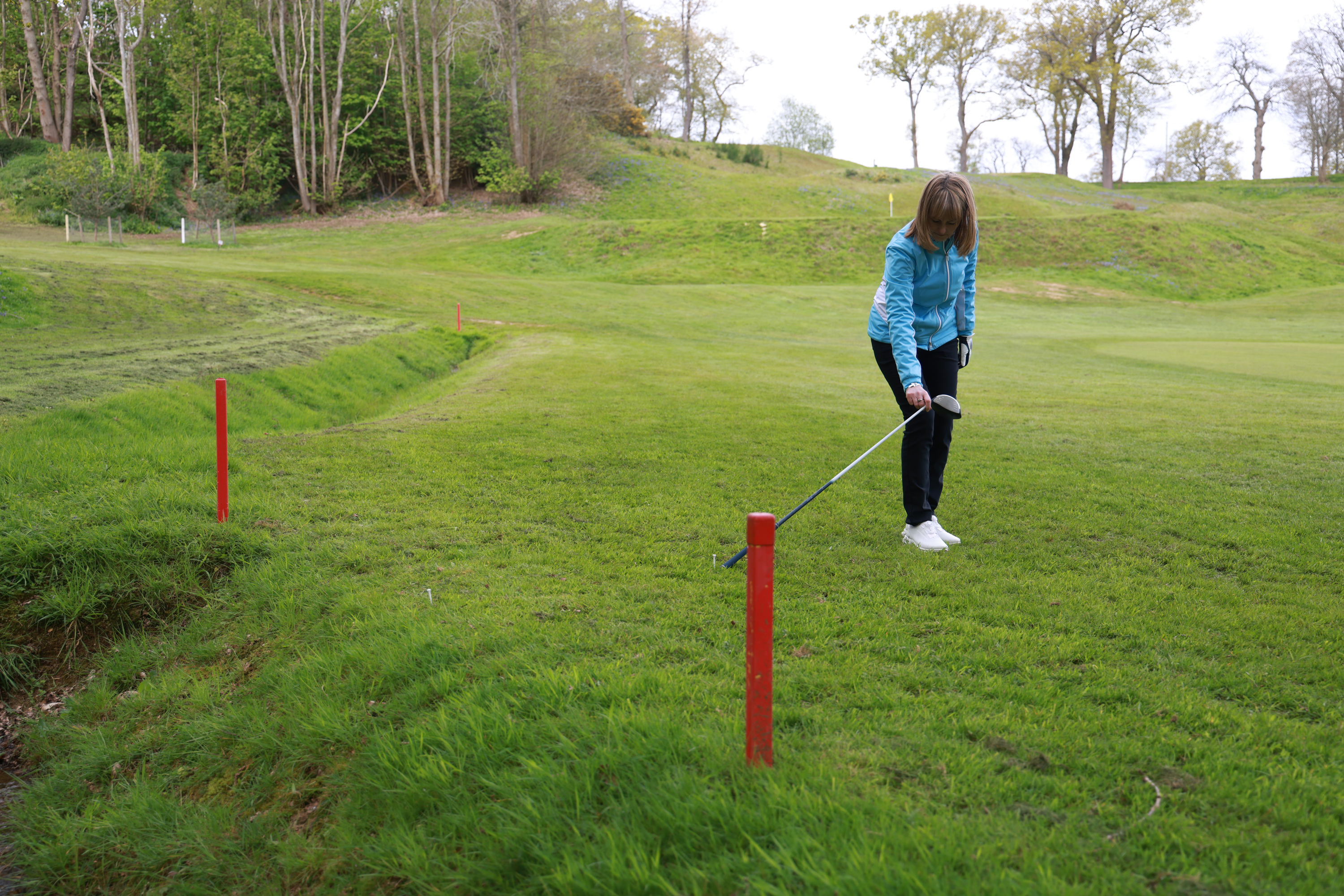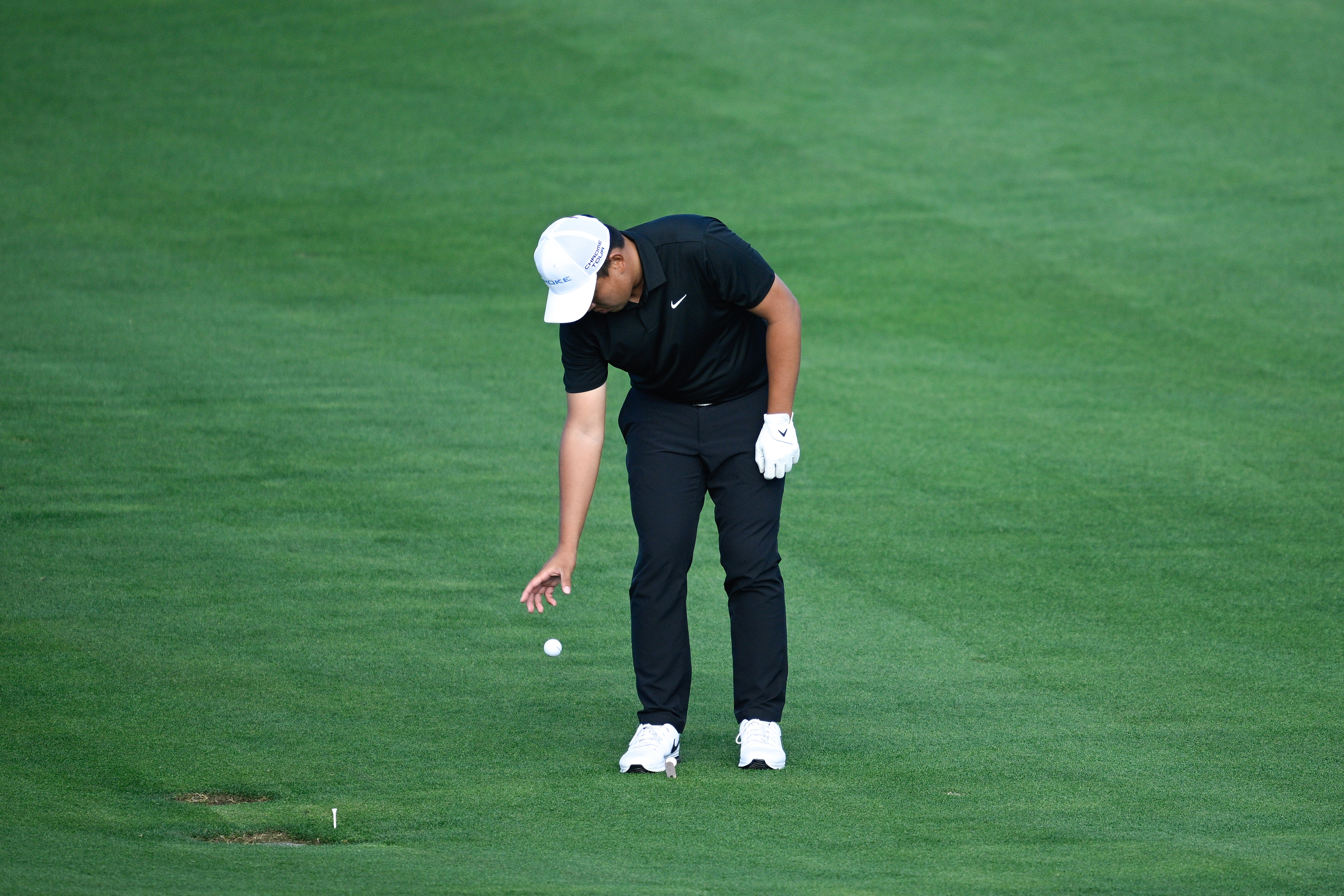
Golf is a game of integrity, and the vast majority of players display an exemplary level of honesty, combined with a decent understanding of the Rules. But there are always going to be those who break the Rules, often unknowingly but, in rare cases, wilfully.
Here we take a look at five Rules that are easily broken, and that are very difficult for players and committees to police.
Three-minute search
Without using a timing device, it’s very difficult to be sure on the three-minute search. In amateur golf, at a club level anyway, barely anybody would start a watch timer as they commenced searching for a ball.
By the time you might realise a ball is missing and is going to require some hard searching to locate, you may already have spent 30 seconds casually looking. How long is left if you start timing at that point? If you’re not timing, what does three minutes feel like?
At club level, the three-minute search is undoubtedly one of the most difficult Rules to police.
Improving conditions affecting the stroke in the undergrowth

This is covered by Rule 8.1 and, at a simple level, it is rather easy to police. Basically, if you’re in the bushes or trees, you can’t intentionally break, move or bend any growing or natural objects to give yourself a clearer swing at the ball.
So, you can’t aggressively back yourself into a tree to make a stance, snapping branches as you clear yourself a spot that wasn’t previously there.
But you could move branches around during the search for the ball without penalty, then you could move a loose stick if it’s not attached.
In amateur, club level golf, it’s very difficult to see where the line has been crossed.
Did the player make a practice swing that knocked a branch off? Had that branch they moved actually been loose, or was it loosely attached.
It's an often broken Rule because players sometimes take all sorts of liberties to find a way to extricate themselves from trouble. Clambering into a spot where there was no way to play a shot and giving themselves a way to do it by some wilful snapping and crushing of undergrowth. That’s not on.
If you improve conditions that affect your stroke in that way, it’s the General Penalty (two shots in stroke play and a loss of hole in match play.
Touching sand in a bunker on the backswing

Under Rule 12.2b, you’re not allowed to touch the sand in a bunker when you make the backswing for your stroke. If you do, it’s a General Penalty.
We’ve all seen players do that and often the infraction is obvious to both the player and the playing partner/s.
But what if you see a player grazing the sand on the way back and they clearly don’t notice it’s happened? They have broken 12.2b and even if you’re sure they have, can you prove it? Probably not, as the stroke will have shifted sand covering the evidence (if there was any).
If the player says they didn’t touch the sand, and you say they did then it comes down to a player’s word against their partner’s. It’s a tough one for a committee to police. They should give the player the benefit of the doubt but it’s one that relies heavily on integrity.
Where did it cross into the penalty area?

If a player hits into a red penalty area they can take a lateral drop under penalty of one shot from the point where the ball crossed the line of the penalty area.
But, if that spot is some distance from where the player struck the shot, it can be quite difficult to agree upon it's location. A player may believe it to be further up than his or her playing partners, leaving a far easier shot.
Much like with the touching the sand, it can then be one player’s word against another’s. They are the only ones who can come to a decision as they will be the only ones who watched the shot. Difficult to police and another Rule in which a high degree of honesty is required.
The knee height drop

Since dropping from knee height was introduced in 2019, most of us will have seen some loose interpretations of this procedure.
Knee height means the height of a player’s knee when in a standing position. But what if they bend forward slightly while dropping, reducing the height they’re dropping from. Or, they drop from mid shin height? Well, they should get a one-shot penalty. How often has that one been applied in your club golf?
Also, you can take a drop from knee height when not in a standing position so you can crouch down to drop, as long as the ball is dropped from knee height. It’s another tough one to police.
Nicest point of relief
A playing partner shouts over, “I’m just taking a drop from this cart path.” “OK, no problem,” you reply. It’s an immovable obstruction so there’s free relief.
You’re not there on the scene in time to see where the ball had come to rest on the cart path and before you know, your playing partner has taken the drop in a highly favourable spot on the edge of the fairway and spanked one away.
But perhaps the ball was sitting closer to the other side of the path where thick rough was lurking. Their nearest point of complete relief could have been over there in the cabbage.
“No, my ball was definitely closer to the nice side,” they assert.
OK… Was it though? It’s another case of having to take their word for it… Even if you don’t think it’s quite right. In amateur golf, players are often guilty of looking towards the nicest rather than nearest point of complete relief.







